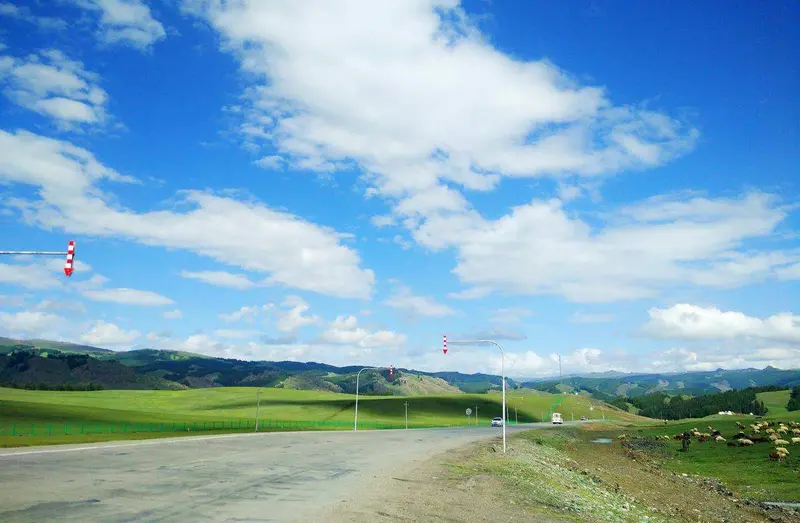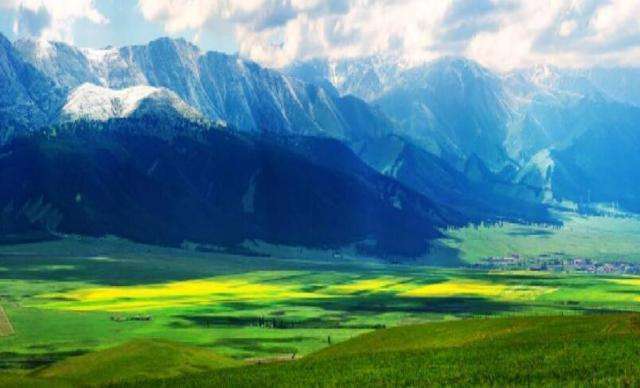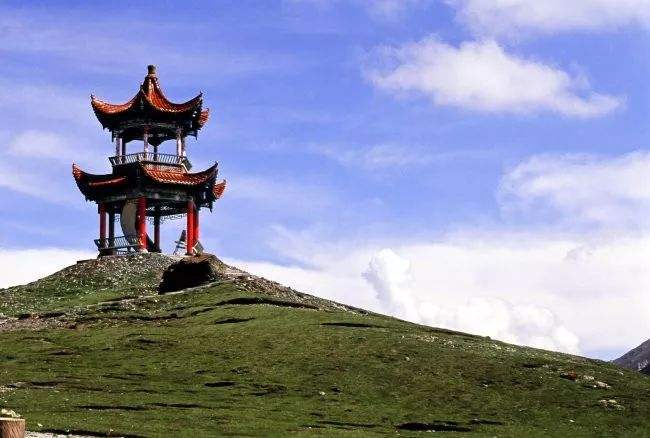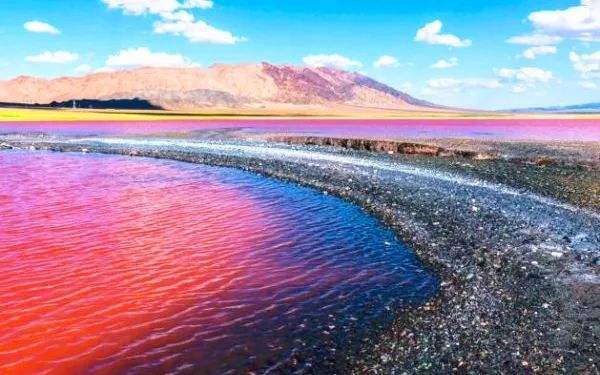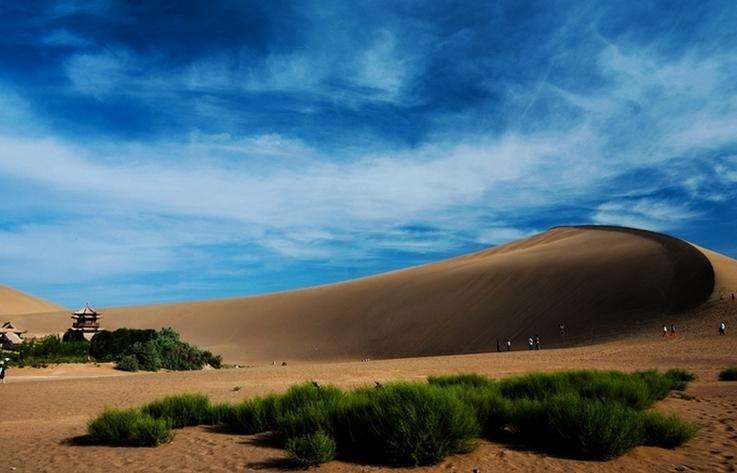East Tianshan Scenic Area
Located 70 kilometers north of Yizhou District, Hami City, the East Tianshan Scenic Area is situated on the northern slope of the East Tianshan Mountains. It stretches from Hanqi Valley in the east to Songshutang in the west, Tianshan Temple in the south, and connects to Mingsha Mountain in the north. The area consists of five major attractions: Tianshan Temple, Songshutang, Hanqi Valley, Baishi, and Mingsha Mountain. If you cannot enter these attractions, the entrance fee to the East Tianshan will be free. Crossing the East Tianshan, it is about 70 kilometers from the city center to the city center. The road conditions are excellent, making it especially suitable for self-driving tours, allowing you to fully enjoy the experience of 'four seasons in one trip, different weather every ten miles.'
Its full name is 'Tianshan Guandi Temple', located at the top of Tianshan at an altitude of 2700 meters. It is the only temple on Tianshan. The history of Tianshan Temple can be traced back to the Han and Tang dynasties. Since ancient times, it has been a necessary passage from Hami to Barkol and Yiwu.
Baishitou Scenic Area
Baishitou Scenic Area is named after a large white stone the size of a lying cow. Some call it a meteorite, while others believe it is a product of crustal movement. There is a poignant local love story associated with it. The scenic area is cool and pleasant in summer, with lush green grass. There are also many Kazakh yurts and cottages available for accommodation, perfect for escaping the summer heat.
Huancai Lake is located in Yiwu County, Hami. The entrance is free. Huancai Lake is very beautiful, with dreamlike colors. A wooden pathway forms a heart shape, adding a touch of charm.
Mingsha Mountain
Mingsha Mountain is both a small desert and a huge playground. From the sand dunes, you can see the snow-capped peaks of the Tianshan Mountains in the distance, and nearby are gentle grasslands. Sand sliding is a popular activity for many people. As you slide down from the top, you can hear the roaring sound of the sand, which is how Mingsha Mountain got its name.
